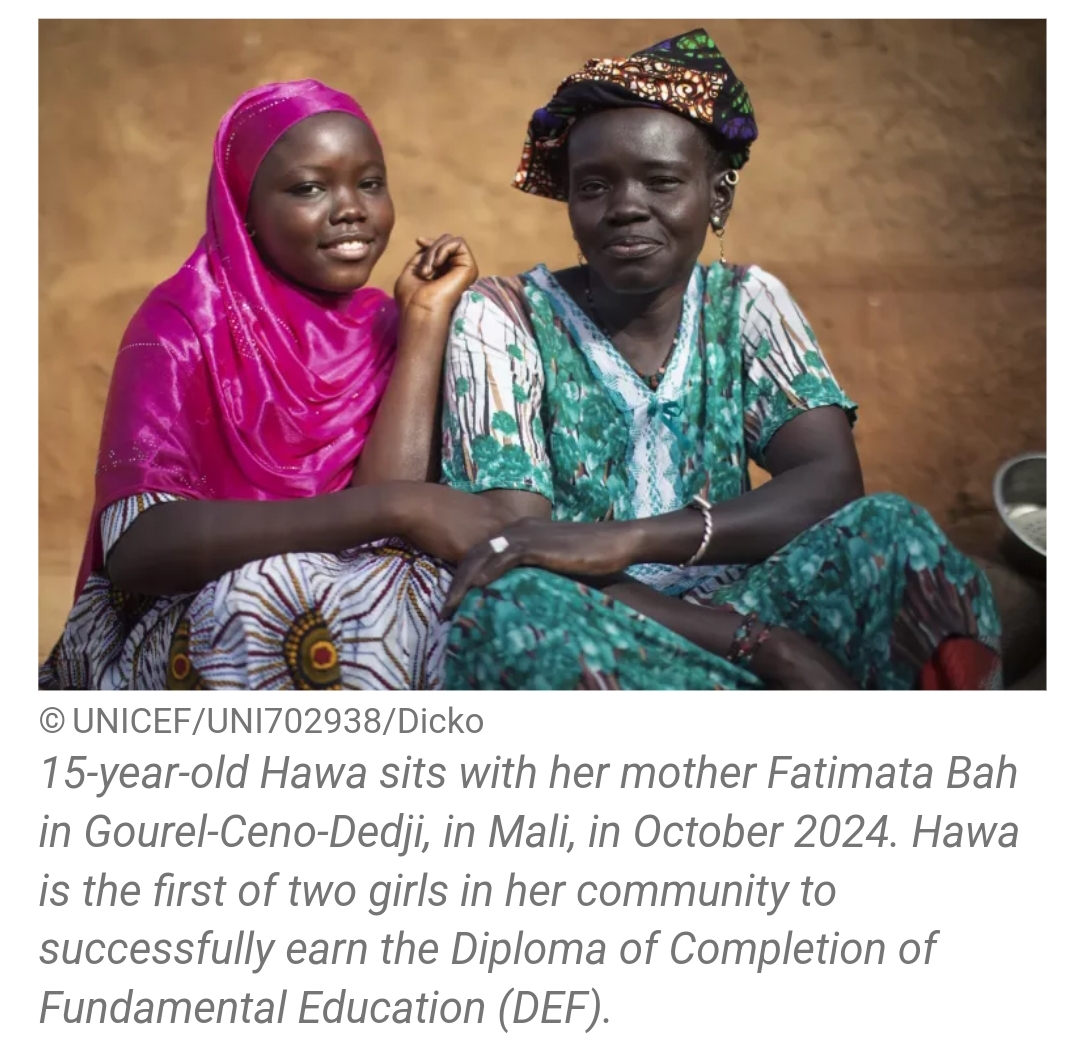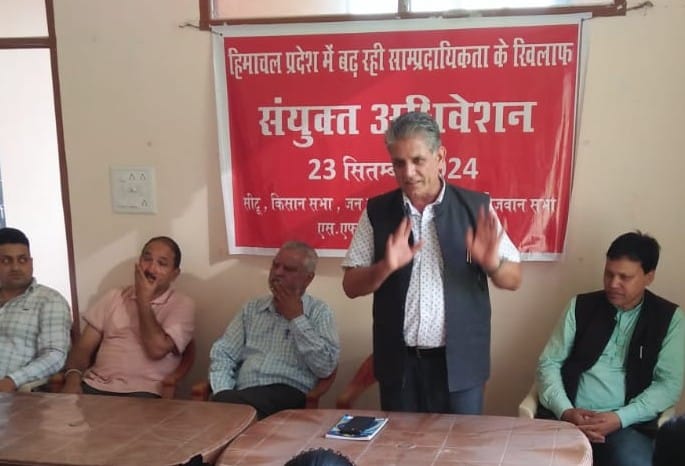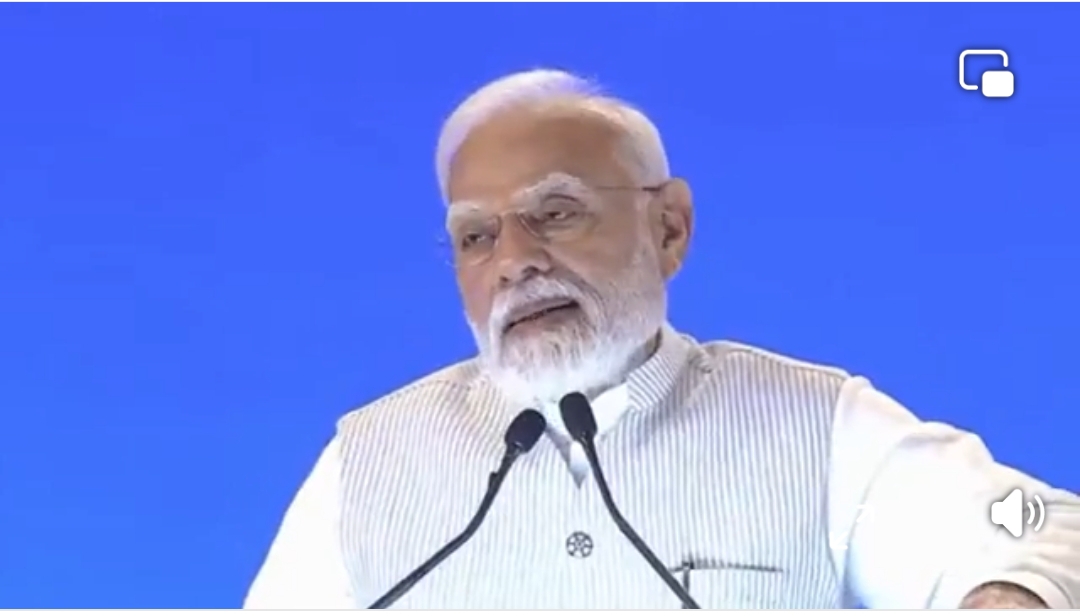New Report By UNICEF Highlights Progress and Challenges for Adolescent Girls Over the Past 30 Years.
Girl Goals Report by UNICEF, Plan International, and UN Women Reveals Mixed Results on Education, Health, and Rights for Girls.
New York:
A new report, Girl Goals: What Has Changed for Girls? Adolescent Girls’ Rights Over 30 Years, launched by UNICEF, Plan International, and UN Women, reveals significant progress in some areas for adolescent girls, but underscores the ongoing challenges they face. The report, released ahead of International Women’s Day, reviews how the lives of adolescent girls have evolved over the past three decades since the Beijing Platform for Action was endorsed in 1995.
While there have been notable achievements, the report highlights that millions of adolescent girls worldwide continue to face barriers to education, health, and safety. Key challenges include remaining out of school, lacking life-saving health services, and enduring harmful practices such as child marriage, female genital mutilation (FGM), and violence.
Key Findings from the Report:
Education, Training, and Digital Skills:
- Despite a 39% reduction in the number of out-of-school girls in the last 20 years, 122 million girls are still not attending school globally.
- In South Asia, adolescent girls aged 15-19 are three times more likely than boys to be out of school, not working, or not in training programs.
- Nearly 40% of adolescent girls and young women worldwide do not complete upper secondary school, with girls from rural and marginalized communities at a higher disadvantage.
- While the illiteracy rate among adolescent girls and young women has nearly halved in the past 30 years, about 50 million girls still lack basic literacy skills, unable to read or write a simple sentence.
- In low-income countries, 90% of adolescent girls and young women have no access to the internet, compared to their male peers who are twice as likely to be online.
Gender-Based Violence:
- Around 1 in 4 adolescent girls who have been married or partnered have experienced intimate partner violence globally, and 50 million girls have suffered sexual violence.
- More than a third of adolescent boys and girls aged 15-19 believe a husband is justified in hitting his wife under certain circumstances, pointing to deep-rooted gender inequalities.
Harmful Practices:
- The practice of female genital mutilation (FGM) is declining, with countries like Burkina Faso and Liberia halving the number of girls subjected to FGM in the past 30 years. However, the global rate of decline needs to be 27 times faster to meet the 2030 eradication target.
- The incidence of child marriage has decreased, but 1 in 5 girls worldwide still marry before the age of 18. Notably, South Asia has made the most progress, while Latin America and the Caribbean have seen no improvement over the past 25 years.
Health and Wellbeing:
- The number of adolescent girls giving birth has almost halved in the past 30 years. However, in 2025, nearly 12 million girls aged 15-19 are expected to give birth, with over 325,000 pregnancies expected among girls aged 10-14.
- Complications from pregnancy and childbirth remain a leading cause of death for adolescent girls aged 15-19, accounting for 1 in every 23 deaths globally.
- The proportion of underweight adolescent girls has slightly decreased from 10% to 8% over the past three decades.
Recommendations for Accelerated Progress:
The report emphasizes the need for global action to unlock the full potential of adolescent girls. Key recommendations include:
- Elevating Girls’ Voices: Supporting adolescent girls in shaping policies that impact their lives.
- Closing Education and Skills Gaps: Targeting areas where progress has stalled, particularly in education, skills development, and training.
- Data-Driven Investments: Focusing on where gaps are most pressing and ensuring economic empowerment through targeted action and investments.
Statements from Global Leaders:
UNICEF Executive Director Catherine Russell remarked, “Adolescent girls are a powerful force for global change. With the right support at the right time, they can help deliver on the Sustainable Development Goals and reshape our world.” She stressed the importance of investing in education, skills, and health services to unlock the potential of adolescent girls.
Kathleen Sherwin, Chief Strategy and Engagement Officer for Plan International, highlighted the progress made in combatting gender inequality, but emphasized that the fight is far from over. “Tireless efforts to combat gender inequality mean that a girl’s chances of going to school are significantly higher than three decades ago. But at the same time, this progress is fragile, uneven, and constantly under threat,” she said.
UN Women Executive Director Sima Bahous also underscored the urgency of addressing the challenges faced by adolescent girls: “Too many adolescent girls still face violence, limited education, and lack of health services. Our promise of leaving no one behind demands urgent action.”
Conclusion:
The Girl Goals report serves as a call to action for global leaders and communities to prioritize the needs and rights of adolescent girls. While there have been significant strides in certain areas, much remains to be done to ensure that all adolescent girls have the opportunities, protection, and support they need to thrive and contribute to a more equitable world.



